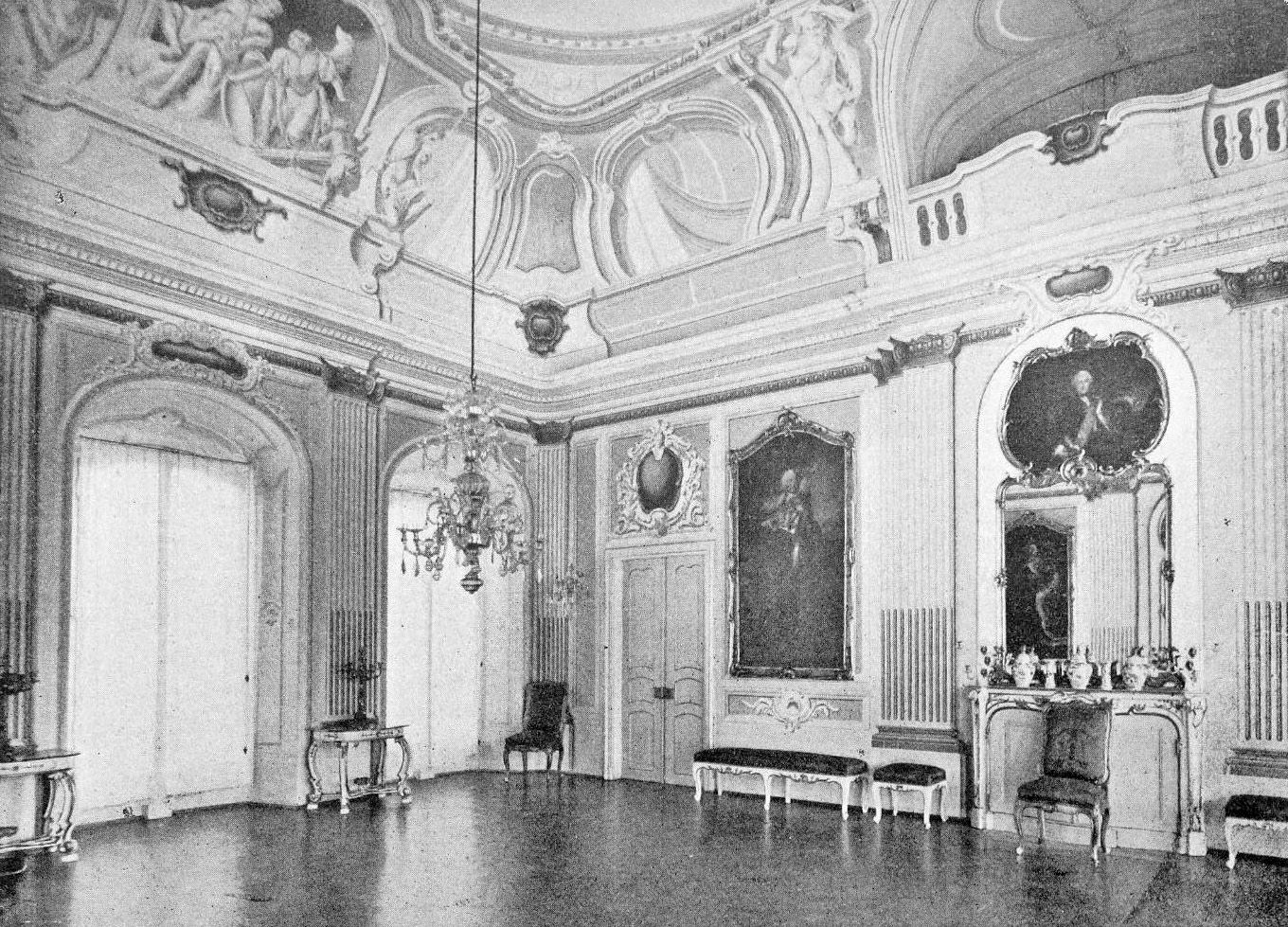Heinrich Von Bünau on:
[Wikipedia]
[Google]
[Amazon]
Count Heinrich von Bünau (german: Heinrich Graf von Bünau; 2 June 1697 – 7 April 1762) was a statesman and historian from the 


Website of the von Bünau family
Schloss Nöthnitz
Bünaugut (later Wielandgut) in Ossmannstedt
{{DEFAULTSORT:Bunau, Heinrich Graf Von 1697 births 1762 deaths People from Weißenfels People from Saxe-Weissenfels 18th-century German historians German male non-fiction writers Counts of Germany Members of the Göttingen Academy of Sciences and Humanities
Electorate of Saxony
The Electorate of Saxony, also known as Electoral Saxony (German: or ), was a territory of the Holy Roman Empire from 1356–1806. It was centered around the cities of Dresden, Leipzig and Chemnitz.
In the Golden Bull of 1356, Emperor Charles ...
, now part of Germany.

Life
Born in Weissenfels, Bünau was the son of Heinrich von Bünau (1665–1745), a Chancellor of the Elector of Saxony who was created a Count of the Holy Roman Empire on 24 March 1742 and Juliana Dorothea Dorothea von Geismar. After studying at the University of Leipzig, Bünau entered the service of the Electors of Saxony and became an assessor in the Upper Court (''Oberhofgericht'') at Leipzig. Later he became Senior Consistory President and Privy Councillor (''Wirklicher Geheimrat''). He received advancement through the good offices of the Cabinet Minister of the Electors of Saxony, Count von Hoym, the uncle of his second wife. In 1734, after Hoym had been ousted byCount Brühl
Count (feminine: countess) is a historical title of nobility in certain European countries, varying in relative status, generally of middling rank in the hierarchy of nobility. Pine, L. G. ''Titles: How the King Became His Majesty''. New York: ...
, Heinrich von Bünau was downgraded to the position of Senior Overseer of the County of Mansfeld in Eisleben.
In 1741 however he entered the service of the Emperor Charles VII, who made him an Imperial Privy Councillor (''Reichshofrat''), the first Protestant to fill that role, and employed him as an ambassador in the area of Upper and Lower Saxony. In 1745, after the death of the emperor, Bünau withdrew to his estate at Nöthnitz near Dresden to pursue his scientific and historical studies.
Between 1744 and 1751 he had Dahlen Castle built, on the Dahlen estate he had acquired by marriage, and for the decoration of which he commissioned Adam Friedrich Oeser
Adam Friedrich Oeser (17 February 1717 in Pressburg – 18 March 1799 in Leipzig) was a German etcher, painter and sculptor.
Biography
Oeser worked and studied in Pressburg (student of Georg Raphael Donner in sculpture) and Vienna at the ...
in 1756. Apart from the estates of Nöthnitz, Dahlen, and Ossmannstedt, Bünau also owned those of Domsen, Göllnitz
Göllnitz is a municipality in the district Altenburger Land, in Thuringia, Germany
Germany,, officially the Federal Republic of Germany, is a country in Central Europe. It is the second most populous country in Europe after Russ ...
and Gross-Tauschwitz.
In 1751 Bünau was appointed as Guardian Governor of the Duchy of Saxe-Eisenach, during the minority of Duke Constantin, for whom in 1756 he became Prime Minister in Weimar. In 1759, after the death of the Duke, he retired and spent the evening of his life on his estate at Ossmannstedt, near Weimar,Apart from the estates of Nöthnitz, Dahlen, and Ossmannstedt already mentioned, Bünau also owned those of Domsen, Göllnitz
Göllnitz is a municipality in the district Altenburger Land, in Thuringia, Germany
Germany,, officially the Federal Republic of Germany, is a country in Central Europe. It is the second most populous country in Europe after Russ ...
and Gross-Tauschwitz. where he died on 7 April 1762. after his death Ossmannstedt was used as a summer house by the Duchess Anna Amalia of Saxe-Weimar-Eisenach and her sons between 1762 and 1775.
Library
Bünau's private library comprised some 42,000 volumes. It was housed at first in Dresden, then on his estate at Nöthnitz, and he allowed public access to it. The archaeologist Johann Joachim Winckelmann from Stendal worked at Nöthnitz between 1748 and 1754 as Bünau's secretary.Works
* "Probe einer genauer und umständlichen Teutschen Kayser- und Reichshistorie oder Leben und Thaten Friedrichs I. Römischen Kaysers" (1722) (''Attempt at a Comprehensive History of the German Emperor and Empire, or, The Life and Deeds of Frederick I, Holy Roman Emperor'') * "Genaue und umständliche teutsche Kayser- und Reichshistorie aus den bewährtesten Geschichtsschreibern und Urkunden zusammengetragen" in 4 volumes (1728–1743) (''Exact and Comprehensive History of the German Emperor and Empire compiled from the Most Valued Historians and Documents'') * "Historie des Kriegs zwischen Frankreich, England und Teutschland" in 4 volumes (1763–1767) (''History of the War between France, England and Germany'')i.e., the Seven Years' War
Notes
References
* Czok, Karl, 1988: ''August der Starke und Kursachsen'' (2nd ed., 1988, pp. 124f, with portrait). Leipzig * Justi, Carl, 1922: ''Winckelmann und seine Zeitgenossen'', vol 1 (3rd ed., 1922) * Sahrer v. Sahr, 1869: ''Heinrich, Graf von Bünau''External links
Website of the von Bünau family
Schloss Nöthnitz
Bünaugut (later Wielandgut) in Ossmannstedt
{{DEFAULTSORT:Bunau, Heinrich Graf Von 1697 births 1762 deaths People from Weißenfels People from Saxe-Weissenfels 18th-century German historians German male non-fiction writers Counts of Germany Members of the Göttingen Academy of Sciences and Humanities